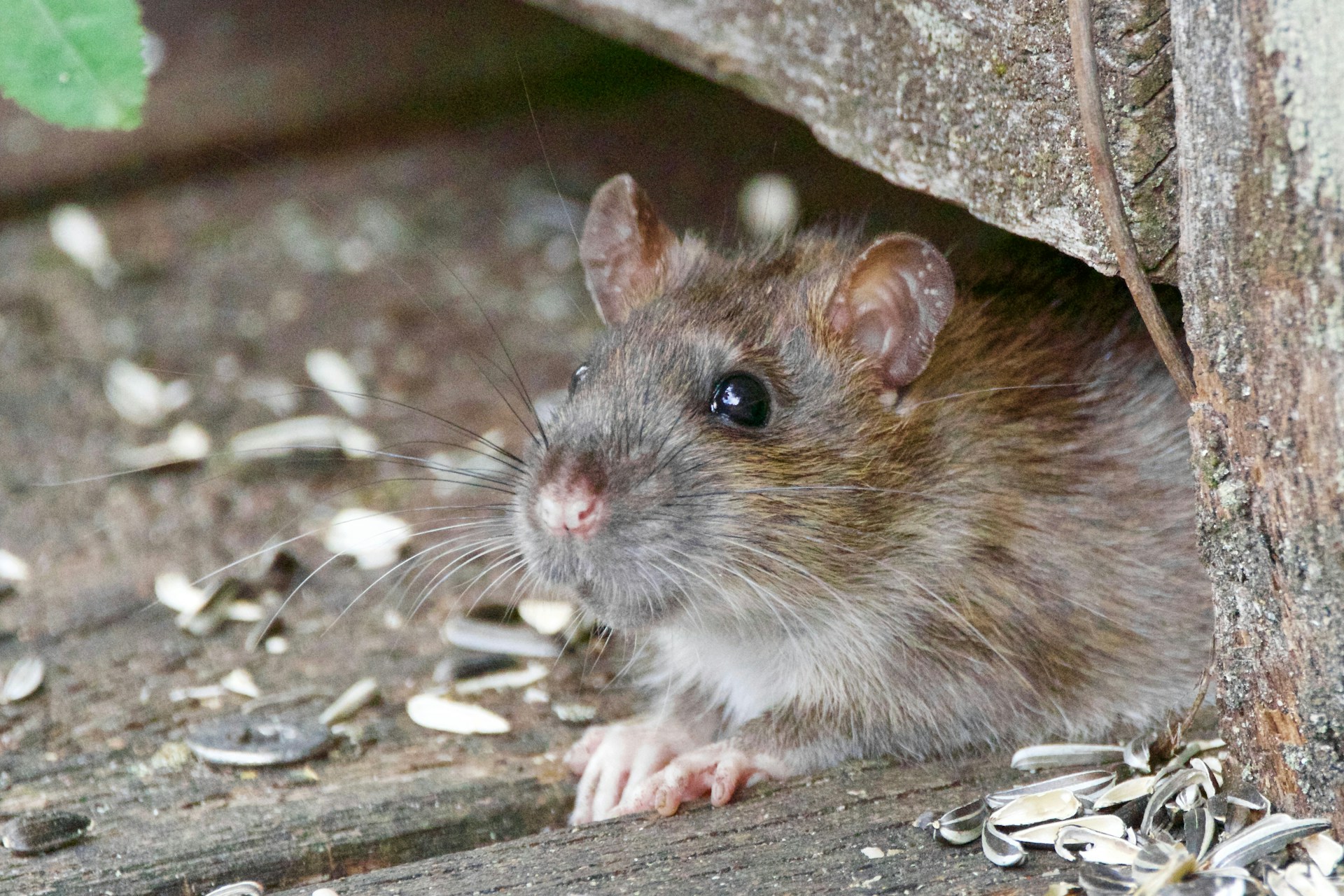Unwanted rodent guests, such as mice and rats, can wreak havoc on your property and cause a multitude of health concerns for your family. These destructive pests are notorious for spreading diseases, contaminating food, and causing structural damage to your home. As pest management professionals, our mission is to help homeowners understand and address rodent infestations effectively.
Mice and rats are the most commonly encountered rodents in residential areas. These pests are incredibly adaptable and can infiltrate a wide range of environments, often seeking shelter indoors as the temperatures drop. Both mice and rats are known for their incredible breeding capabilities, which can quickly turn a small infestation into a major problem if not addressed promptly.
Detecting a rodent infestation early is crucial in preventing significant damage and health risks associated with these pests. Signs of a rodent infestation may include droppings, gnaw marks on furniture or wires, damaged food packaging, or scratching noises within walls or ceilings. By recognizing these indicators, you can take swift action to combat the infestation and protect your property.
In this guide, we will provide valuable insights on the most effective preventative strategies, as well as discuss various control methods – both do-it-yourself and professional – to ensure a rodent-free home. With the right knowledge and tools, you can safeguard your family’s health, your food supplies, and your property from potentially costly damages caused by mice and rats.
Identifying Common Types of Rodents: Mice vs. Rats
Most rodent infestations consist of either mice or rats, each with their unique characteristics and challenges. Understanding the differences between these two pests will help you choose the most effective control methods:
- House Mice: These small rodents are typically gray or brown and have large ears and a pointed nose. They are agile climbers and can easily access various areas of your home. House mice are notorious for reproducing rapidly and can be a significant challenge if left uncontrolled.
- Norway Rats: Also known as brown rats, these larger rodents have a robust, stocky build, along with a blunt nose and small ears. They are primarily burrowers and are more likely to be found in ground-level spaces like basements and crawlspaces. Norway rats can cause considerable damage due to their strong gnawing capabilities.
Rodent Prevention: Keeping Mice and Rats Away from Your Home
Prevention is a crucial aspect of rodent control. Protect your home against mice and rats by implementing the following preventive measures:
- Seal Entry Points: Mice can squeeze through gaps as small as a pencil’s width, while rats can fit through openings as small as a quarter’s diameter. Inspect your property for cracks or holes, and seal them with caulking, metal mesh, or other durable materials.
- Eliminate Food Sources: Store food in airtight containers and keep pantry shelves clean and organized to reduce the likelihood of attracting rodents. Also, secure garbage bins with tight-fitting lids and clean up pet food dishes after each use.
- Clear Clutter: Remove items from storage areas, basements, attics, and crawlspaces that could provide hiding and nesting places for rodents. Organize storage spaces and store items off the ground in plastic bins with tight-fitting lids.
Do-It-Yourself Rodent Control Methods
If you’ve detected signs of a rodent infestation in your home, there are several do-it-yourself control measures available:
- Trapping: Use snap traps or humane live traps to catch and remove rodents from your home. Bait the traps with food such as peanut butter or cheese and place them along walls or in areas where rodent activity has been detected. Check traps regularly and wear gloves when handling them to protect yourself from potential health risks associated with rodent droppings or urine.
- Rodenticides: Poison baits can be purchased to control rodents, but extreme caution is necessary, as these products can be harmful to children and pets if not used correctly. Follow the manufacturer’s instructions carefully and place bait stations out of reach from non-target animals.
- Natural Repellents: Some homeowners opt to use natural repellents such as peppermint oil, mothballs, or ultrasonic devices to deter rodents. However, their effectiveness may vary, and these methods are generally not as reliable as trapping or professional pest control services.
Professional Rodent Control: When to Call the Experts
Sometimes, do-it-yourself methods may not be enough to combat a severe rodent infestation. Here’s when you should consider contacting a professional pest control service:
- Infestation Severity: If you’re dealing with a sizeable or recurring rodent infestation, a professional exterminator can provide the expertise and equipment necessary to tackle the problem effectively.
- Safety Concerns: Professionals have the experience and knowledge to handle rodent control products safely, reducing the risk of exposure to harmful substances or potential health hazards.
- Long-Term Solutions: Proven pest control techniques and customized strategies implemented by experts can ensure long-lasting results, giving you peace of mind and a rodent-free home.
Conclusion
Keeping your home free from mice and rats requires vigilance and effective prevention and control measures. By following the tips outlined in this comprehensive guide, you can protect your family’s health, food supplies, and property from the potentially costly and damaging impact of a rodent infestation. Remember that early intervention is crucial to successfully managing mice and rats in your home.
For expert advice, personalized solutions, and reliable pest and rodent control services, rely on the experienced team at Brady Pest Control. We’re dedicated to helping you safeguard your home from unwanted rodent intruders and ensuring that your living spaces remain comfortable and pest-free. Contact us today!


